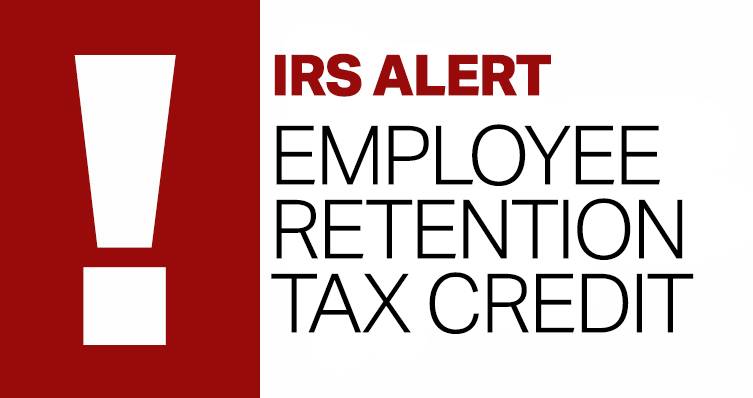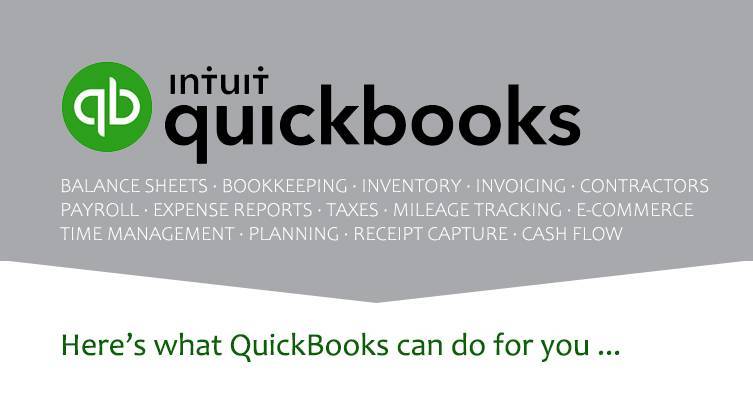Facing a flood of illegitimate claims for the Employee Retention Tax Credit (ERTC), the IRS has imposed an immediate moratorium through at least the end of 2023 on processing new claims for the credit. The IRS cited the increased risk of small business owners being scammed by unscrupulous promoters as the reason for the move.
The fraud problem
The ERTC is a refundable tax credit intended for businesses that either continued paying employees while they were shut down due to the pandemic in 2020 and 2021, or suffered significant declines in gross receipts from March 13, 2020, to December 31, 2021. Eligible employers can receive credits worth up to $26,000 per retained employee. The ERTC can still be claimed on amended returns.
The requirements are strict, though. Specifically, you must meet one of three requirements:
- Sustained a full or partial suspension of operations due to orders from a governmental authority that limited commerce, travel, or group meetings due to COVID during 2020 or the first three quarters of 2021
- Experienced a significant decline in gross receipts during 2020 or a decline in gross receipts in the first three quarters of 2021
- Qualified as a recovery startup business — which could claim the credit for up to $50,000 total per quarter, without showing suspended operations or reduced receipts — for the third or fourth quarters of 2021 (qualified recovery startups are those that began operating after February 15, 2020, and have annual gross receipts of less than or equal to $1 million for the three years preceding the quarter for which they are claiming the ERTC)
Additional restrictions also apply.
Nonetheless, the potentially high value of the ERTC, combined with the fact that some employers can file claims for it until April 15, 2025, has led to a cottage industry of fraudulent promoters offering to help businesses claim refunds for the credit. They wield inaccurate information to generate business from innocent clients who may pay upfront fees in the thousands of dollars or must pay the promoters a percentage of refunds they get.
Victims could end up on the hook for repayment of the credit, along with penalties and interest on top of the fees paid to the promoter. Moreover, as the IRS has noted, promoters may leave out key details, unleashing a “domino effect of tax problems” for unsuspecting businesses.
The impact of the moratorium
Payouts on legitimate claims already filed will continue during the moratorium period. But taxpayers should expect a lengthier wait. The IRS has extended the standard processing goal of 90 days to 180 days and potentially much longer for claims flagged for further review or audit.
Increased fraud worries are prompting the agency to shift its review focus to compliance concerns. The shift includes intensified audits and criminal investigations of both promoters and businesses filing suspect claims.
The IRS also is working to develop new initiatives to aid businesses that have fallen prey to aggressive promoters. For example, it expects to soon offer a settlement program that will allow those who received an improper ERTC payment to avoid penalties and future compliance action by repaying the amount received.
If you claimed the credit, but your claim hasn’t yet been processed or paid, you can withdraw your claim if you now believe it was improper. You can withdraw even if your case is already under or awaiting audit. The IRS says this option is available for filers of the more than 600,000 claims currently awaiting processing.
Still considering claiming the credit?
The IRS urges taxpayers to carefully review the ERTC guidelines during the moratorium period. Legitimate claimants shouldn’t be dissuaded, but, as the IRS says, it’s best to confirm the validity of your claim with a “trusted tax professional — not a tax promoter or marketing firm looking to make money” by taking a “big chunk” out of your claim.
© 2023 KraftCPAs PLLC










